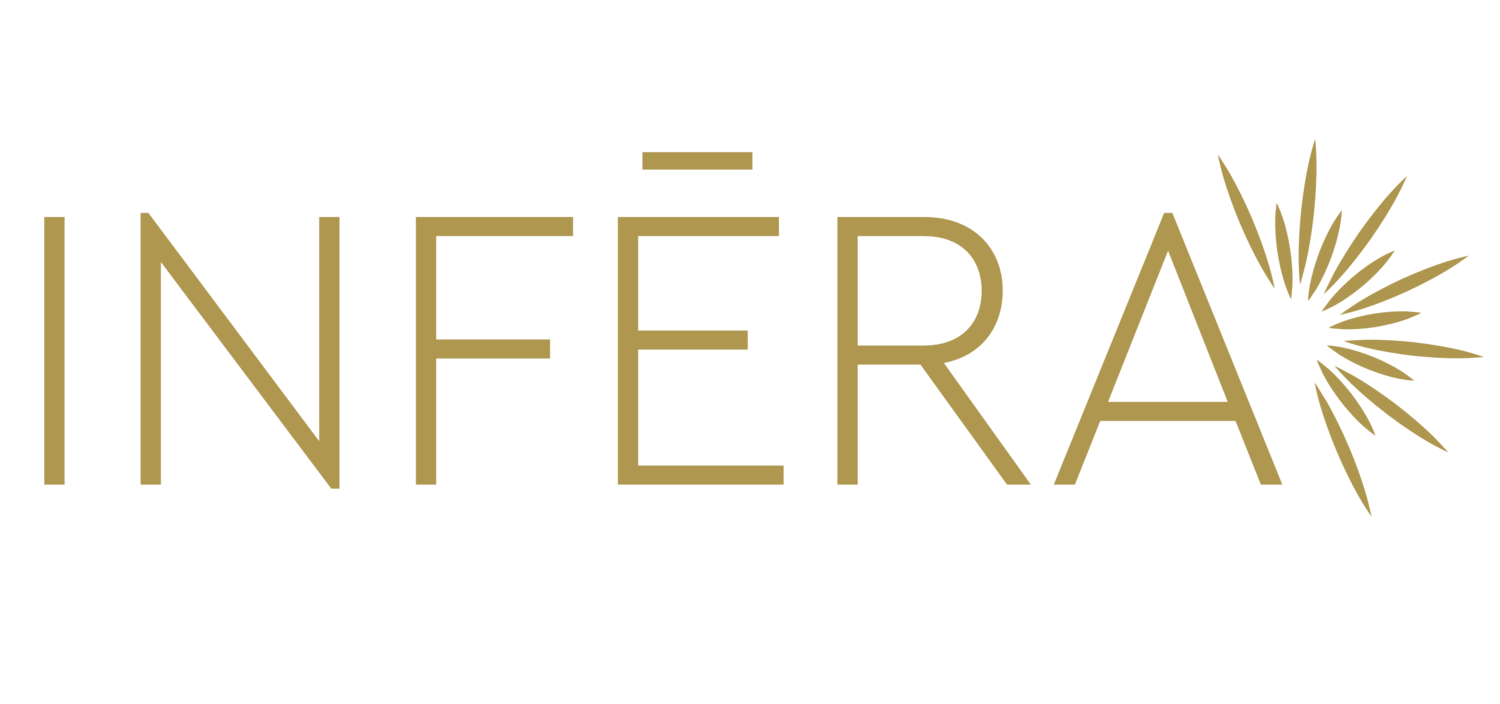
Enlarged Pores
Enlarged pores are a common concern for many people who aim to achieve healthier and more radiant skin. Not only are they an aesthetic bother, but they are also often linked to issues like excess sebum production and the formation of blackheads and acne. These pores can result from various factors such as genetics, aging, and exposure to environmental stressors like pollution or excessive UV radiation.
Understanding why enlarged pores occur is crucial in finding effective solutions. Our skin contains millions of tiny hair follicles, each having a pore at its center. Under normal circumstances, sebum, the natural oil produced by our skin, travels up through these pores to reach the surface of the skin, keeping it moisturized and healthy. However, when the production of sebum becomes excessive or if the skin cells around the pores become clogged, the result can be enlarged, noticeable pores.
Understanding Enlarged Pores:
Enlarged pores, as also referred to as "pore dilation," are a common concern many individuals face. They occur when the hair follicles and oil glands in the skin become clogged, stretched, or infected. While genetics do play a significant role in determining pore size, it is particularly noticeable in individuals with naturally oily skin who often have larger pores. However, it's important to note that environmental factors, aging, and inadequate skincare routines can further worsen the appearance of enlarged pores. Taking all these factors into consideration, it becomes clear that effectively managing and improving the appearance of enlarged pores requires a holistic approach encompassing both genetic predispositions and external influences.
The most common areas for enlarged pores are the nose, cheeks, and forehead. Several factors contribute to the development of enlarged pores [1]:
Genetics: Your genes play a significant role in determining your pore size. If your parents had larger pores, you are more likely to have them too.
Age: As we age, the skin loses its elasticity, making pores appear more prominent. Additionally, sun damage and natural aging can lead to enlarged pores.
Excess Oil Production: Overactive sebaceous glands can lead to excess oil production, which can accumulate in the pores and make them more prominent.
Sun Exposure: Prolonged sun exposure can damage collagen and elastin in the skin, contributing to the appearance of enlarged pores.
Symptoms and Causes of Enlarged Pores:
The symptoms of enlarged pores are relatively easy to recognize:
Pores that appear larger and more visible, especially on the nose, cheeks, and forehead.
Blackheads and whiteheads may become more noticeable due to clogged pores.
Oily skin, which often accompanies enlarged pores, can lead to acne breakouts.
Skincare Products to Reduce Pore Appearance:
Effective skincare practices can help to minimize the appearance of enlarged pores [2]:
Cleansers: Use a gentle, salicylic acid or glycolic acid-based cleanser to exfoliate and clear pores. This helps remove excess oil and debris.
Serums: Niacinamide and hyaluronic acid serums can help balance oil production and improve skin texture, ultimately reducing the visibility of pores.
Moisturizers: Oil-free, non-comedogenic moisturizers can keep your skin hydrated without clogging pores.
How Light Therapy Can Help:
Enter blue and infrared light therapy, two innovative approaches that hold promise in revolutionizing the quest for smoother, more refined skin. Blue light therapy works by targeting the bacteria that reside deep within the pores, reducing their population and consequently minimizing inflammation and the formation of acne. Infrared light therapy, on the other hand, aims at stimulating collagen production in the skin, ultimately improving its elasticity and texture.
Both blue and infrared light therapy are non-invasive and relatively pain-free treatments, making them suitable for most individuals. Moreover, they can be done in the comfort of one's own home with the use of specially designed devices. These devices emit specific wavelengths of light that penetrate the skin, targeting the underlying issues associated with enlarged pores. By incorporating these therapies into a skincare routine, individuals can take proactive steps towards achieving smoother, more refined skin. [3]:
Blue Light Therapy: The wavelength of blue light is well-known to have an antimicrobial effect, effectively eliminating various bacteria that may accumulate in pores and oil glands, leading to breakouts. Furthermore, blue light therapy aids in reducing pore blockages, thereby contributing to a decrease in their size.
Daily Integration of Light Therapy for Pore Management
A day-to-day regimen can seamlessly include light therapy to enhance pore appearance:
Night Routine: Begin with a gentle cleanser followed by an exfoliating treatment or toner. Use blue light therapy to manage sebum and prepare the skin for a non-comedogenic moisturizer.
Conclusion:
While it's impossible to completely change your pore size, combining the right wellness practices, and the proper skincare routine can significantly reduce the appearance of enlarged pores. With the power of blue and blue light therapy, you can effectively reduce the appearance of enlarged pores and enjoy smoother, refined skin. By understanding the causes and symptoms of this condition and incorporating light therapy into your skincare routine, you can take significant strides toward healthier, more radiant skin.
Related Products
-
[1] Lee, S. J., Seok, J., Jeong, S. Y., Park, K. Y., Li, K., & Seo, S. J. (2016). Facial Pores: Definition, Causes, and Treatment Options. Dermatologic Surgery, 42(3), 277–285.
[2]Baumann, L. (2007). Skin ageing and its treatment. The Journal of Pathology: A Journal of the Pathological Society of Great Britain and Ireland, 211(2), 241–251.
[3]Papageorgiou, P., Katsambas, A., & Chu, A. (2000). Phototherapy with blue (415 nm) and red (660 nm) light in the treatment of acne vulgaris. British Journal of Dermatology, 142(5), 973–978.








